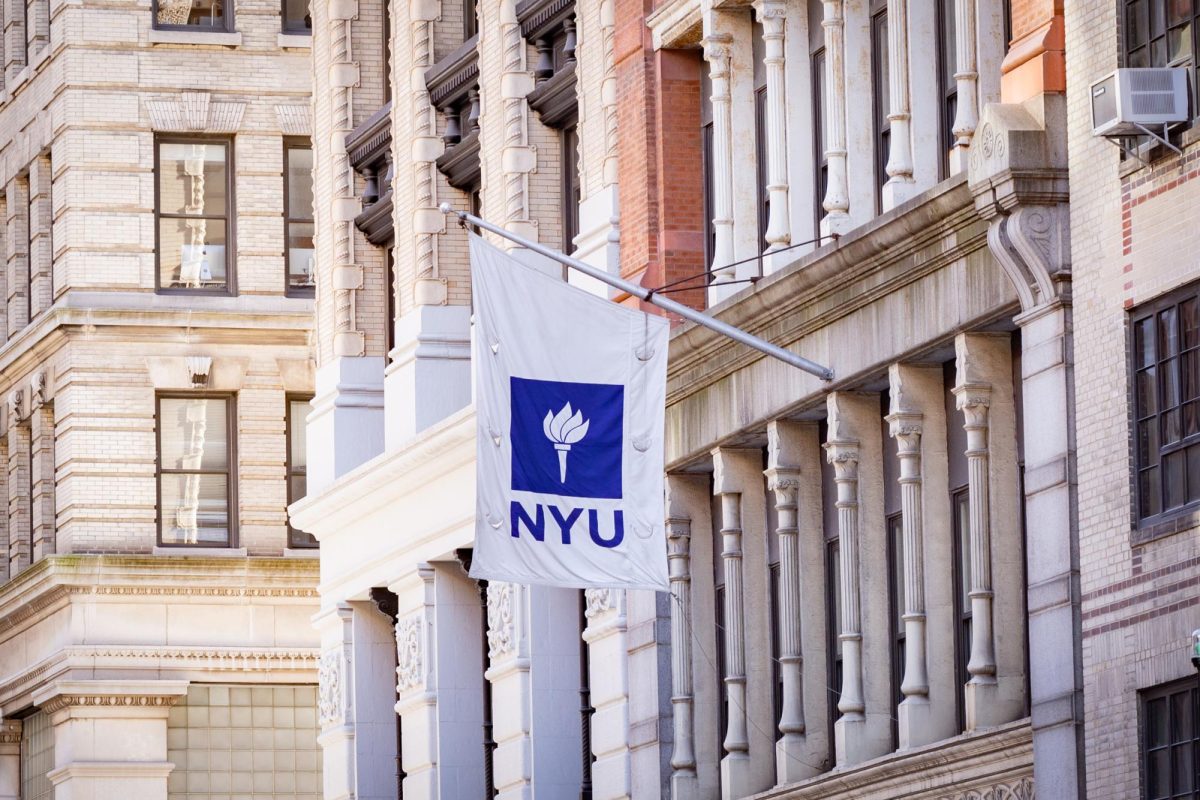In 2015, NYU was considered the fourth-most expensive university to attend, according to the Chronicle of Higher Education’s analysis of College Board data. With new financial aid initiatives, the university has moved down to the 43rd most expensive higher education institution in the United States, including tuition, annual fees and housing. While NYU has recently made efforts to reduce tuition costs and bolster aid, the university continues to fight its reputation as one of the priciest higher education institutions in the country.
In a written statement to WSN, NYU spokesperson John Beckman said that in 2010, the university began prioritizing affordability and accessibility regarding financial aid. Since then, NYU has increased its budget for undergraduate financial aid to $475 million per year — taking up nearly 12% of its $4.1 billion annual budget.
This is a larger part of the budget than is spent at some of the university’s peer schools — Columbia University currently allocates around $200 million annually to financial aid, taking up around 3% of its annual budget, and Fordham University awards $71.8 million in aid for first-year students, around 10% of its annual budget.
“NYU is hampered compared to many peer private research universities by having a relatively small per-student endowment,” Beckman wrote. “NYU works very hard to make the application process for financial aid as simple and straightforward as possible; however, some of the information required is by the federal government in order for scholarship aid to flow.”
For the 2023-24 academic year, NYU announced it would increase tuition by 3.6%. Beckman said President Linda Mills recently announced increases in scholarship grants that match increases in annual tuition. The university also increased its average scholarship grant by over $20,000 from 2016 to 2021. In 2006, NYU’s average financial aid package was $20,000 annually.
In an Aug. 30 statement to WSN, Beckman said that over half of the university’s budget comes from tuition and as tuition increases annually, so does the budget for financial aid. Beckman had also said NYU’s annual increases in tuition are a result of maintaining annual increases in faculty salaries in order to “remain competitive in recruiting and retaining” staff.
Last semester, the university announced the NYU Promise, an initiative that will cover tuition for all incoming students with household incomes under $100,000 starting in fall 2024.
“We think The NYU Promise will make a major difference in helping families with financial need attend and, just as important, successfully graduate,” Beckman wrote to WSN.
Other universities in the state are similarly accommodating low-income households. At Columbia, households with incomes below $150,000 have their tuition covered and those in households with incomes below $66,000 do not have to pay any expenses at the university.
Some universities also have invested assets, known as endowment funds, that can be put toward their missions and programs. As of Aug. 2023, NYU’s total combined endowment was $5.9 billion, or $82,052 per student. Beckman said NYU falls behind other private research universities in terms of its “per-student endowment,” which he said puts the university at a “structural disadvantage” for financial aid. He said that while NYU’s aggregate endowment ranks in the “top 25 or 30” in the United States, it ranks at around 200 on a per-student basis. Fordham has an endowment fund of $1 billion and Columbia’s endowment stands at $13.6 billion as of late 2023.
Between 1998 and 2008, NYU’s endowment grew by around 160%. In 2008, NYU’s endowment was $2.5 billion, ranking No. 31 out of 785 U.S. colleges and 202 out of 516 on a per-student basis. One year later, the university’s endowment dropped to $2 billion, which then-President John Sexton had said was less than what other private research universities suffered due to the 2008 financial crisis. In an email to the NYU community at the time, Sexton also said the university would make sure the undergraduate financial aid budget would increase at twice the rate of tuition increases.
Starting with the class of 2025, NYU has met students’ full demonstrated financial need. In 2021, 31% of first-year students received need-based financial aid, according to U.S News & World Report. Columbia also meets students’ full demonstrated need, with 49% of its students receiving grants from the university at an average value of around $65,000. Columbia also says that “students are expected to borrow $0” to attend the university on its website. At Fordham, 96% of first-year students with need received financial aid in 2023.
Sophomore Azaria Reeves said her financial aid package was a significant factor in her decision to attend NYU. Reeves said that while she initially did not receive a full aid package, she contacted the university before accepting her offer and NYU helped her edit her Free Application for Federal Student Aid so she received a full ride.
“If I didn’t receive much aid I would not have gone here at all. It’s so expensive for what,” Reeves said. “I was going to choose a City University of New York school, but NYU gave me a full ride so that was the better option education-wise.”
Student Government Assembly chair Ryan Carney said the SGA suggests increased financial aid packages to the university and advocates for greater consideration of expenses outside of tuition, such as textbooks, housing and transportation.
“[We’re] really working with administrators to try to find ways to promote resources or be like, ‘Hey, there’s a gap there,’” Carney told WSN. “It’s a great step forward to really tackling affordability.”
Contact Gabrielle Panelo and Nikki Mirala at [email protected].

























































































































































DAniel S Greenspan • Feb 24, 2024 at 5:05 pm
Don’t know how they calculate it, but the 2023 NACUBO (National Association of College and University Business Officers) Commonfund Study of Endowments showed $100,689 “FY23 Endowment Value Per Full-time Equivalent Student” for NYU. I’ve been following NYU’s endowment for a while and this may be the first time that NYU actually has >$100 k per student. If so, it’s quite the achievement for NYU.
D. Greenspan BA 73, MS 78, Ph.D. 81 NYU